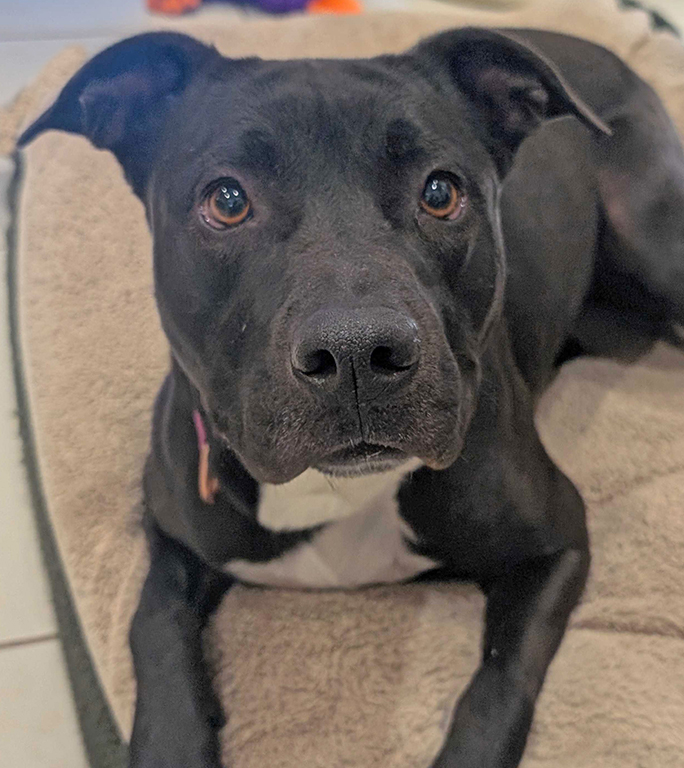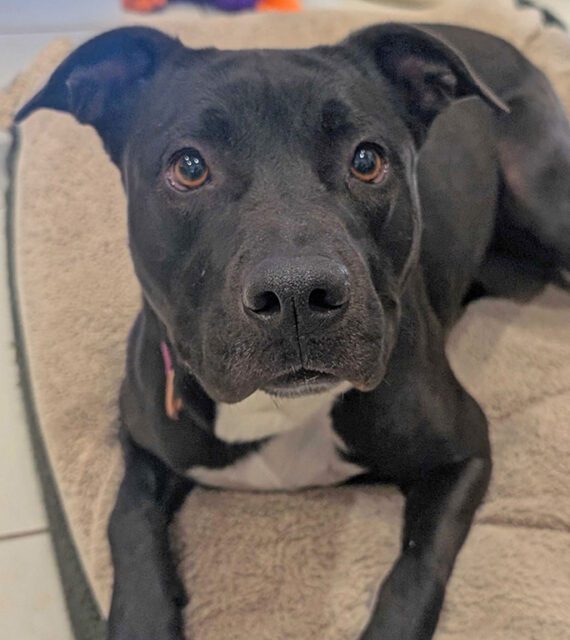
23 Apr Second Chance: Teaching Your Dog to Come to You + Sale + Volunteers Needed!
For 30+ years, the Animal Resource Center and Shops of Second Chance Humane Society (SCHS) have been serving Ouray, San Miguel, and Montrose Counties. Adoption hours are from Wednesday to Sunday, 11 a.m. to 5:30 p.m. View shelter pets and services online at www.secondchancehumane.org.
“Connecting Pets, People, and Community While Saving Lives.”
View shelter pets and services online: www.adoptmountainpets.org.
Donate here or mail to: PO Box 2096, Ridgway, CO, 81432.
At Sit, Stay, Shop! in Telluride: Second Chancre loves locals! Half-Off entire store, April 21-27.
Second Chance always need event volunteers in Montrose, Ridgway, Telluride, and more. To learn more, reach out to Christine at: outreach@secondchancehumane.org
Go here for more options from Second Chance.


Imagine calling your dog or puppyand they abandon whatever they’re doing, eyes locked on you, tail wagging, and sprinting back with joyful enthusiasm. That’s the power of a solid recall.
Start by making yourself the most exciting thing ever! Use movement—skip, run backward, crouch down, clap your hands, or make silly noises—anything to grab their attention. Your energy should be infectious. Use high-value treats that you give only during recall training. Toys can also serve as great motivators; a favorite squeaky toy or ball can work wonders. Toss a toy a short distance, call them back, and then engage in a fun tug-of-war. Recall should be associated with fun and games.
For the best results, use the same command every time and avoid repeating it. If they don’t come, use a long line or go get them. Avoid punishment, as it can create fear and anxiety. If your dog comes to you, even if it’s delayed, reward them. Punishing them for coming late will only discourage them.
The training process should begin indoors in a quiet room with minimal distractions. Show your dog a treat or toy, say their name, and take a few steps backward. As they move towards you, say the command (“come” or “here”) to reinforce the association. When they reach you, lavish them with praise, treats, and play. Repeat this several times, keeping the sessions short and positive.
Once your pet reliably recalls in a small space, move to a larger room or hallway. Continue practicing, ensuring they consistently respond before increasing the distance further.
When they can reliably come from a distance, add a duration to the recall. Call your dog, hold them in place for a few seconds before releasing them, and then give a “free” or “okay” command. Gradually increase the time they need to hold their position.
For outdoor training, use a long line (15-30 feet) that allows your dog to explore while keeping control. Practice in a safe, enclosed area like a backyard. Let them wander a bit, then call them back. If they don’t respond, gently guide them with the long line. Always praise and reward generously when they come back.
Gradually introduce distractions, starting with low-level ones, such as a toy in the distance or a family member walking by. As they improve, increase the intensity of the distractions, like other dogs or children playing. If a distraction is too overwhelming, take a step back in training and reduce the distraction.
Avoid calling your dog for unpleasant things like baths or medications. Always finish each training session with a successful recall; set your dog up for success by not calling when you know they will not come.
Once your dog is reliable in various environments, practice recall during walks, at the park, and in other real-world situations. Keep practicing regularly to maintain their skills.

Annie
Annie is a healthy four-year-old pit mix who will come whenever you call. She loves people, but isn’t a fan of other dogs. She’s lived with children and is ready to go home now.


Sorry, the comment form is closed at this time.